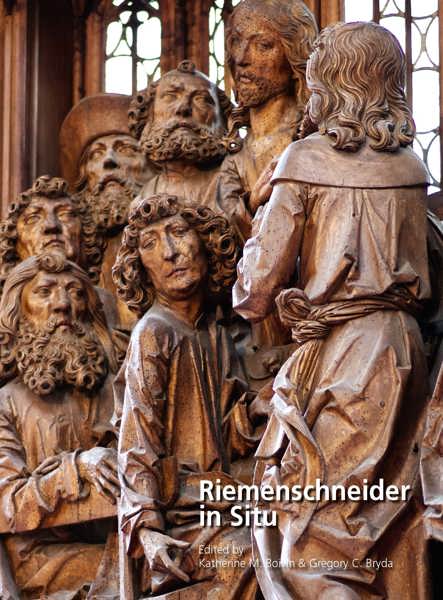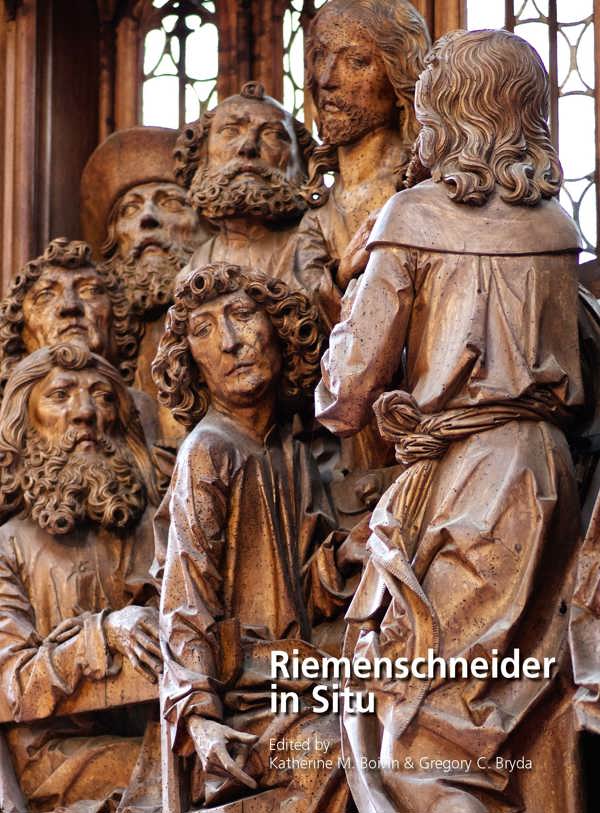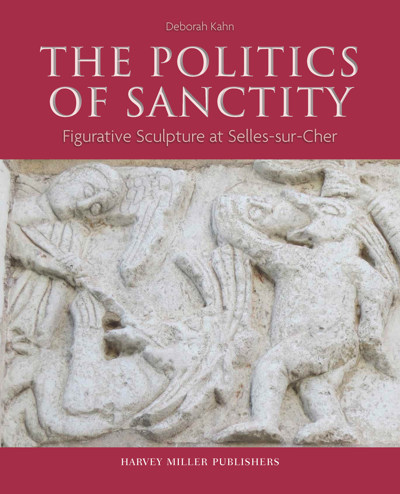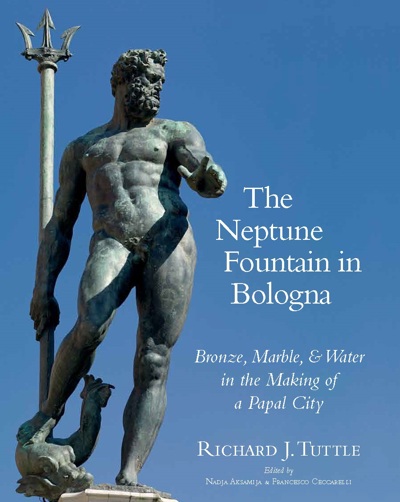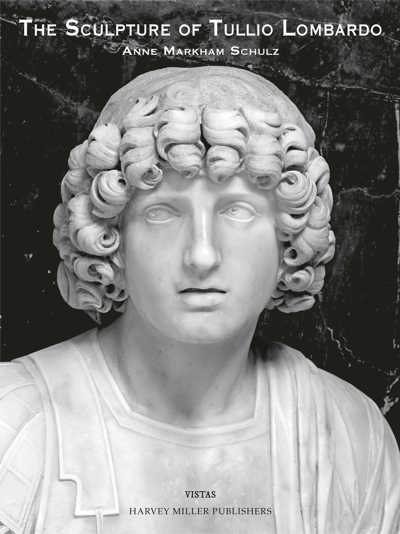
Riemenschneider in Situ
Katherine M. Boivin, Gregory C. Bryda (eds)
- Pages: 416 p.
- Size:225 x 300 mm
- Illustrations:33 b/w, 222 col., 1 maps b/w
- Language(s):English
- Publication Year:2022
- € 180,00 EXCL. VAT RETAIL PRICE
- ISBN: 978-1-912554-45-4
- Hardback
- Available
Riemenschneider in Situ presents the newest research on the work of one of the most famous late medieval and early Renaissance sculptors, Tilman Riemenschneider.
“(…) the volume presents a rich picture of medieval and early modern European material culture, revealing the multitude of journeys taken by objects and the transformative nature of their presence in various local contexts. It will appeal to students and scholars working both within the field of archaeology and in other adjacent disciplines such as history and material culture studies.” (Rachel Winchcombe, in Historians of Netherlandish Art Reviews, October 2022)
Katherine M. Boivin is Assistant Professor of Art History at Bard College. Her scholarship focuses on the dynamic interactions among architecture, figural arts, and human action in the medieval period.
Gregory C. Bryda is Assistant Professor of Art History at Columbia University, Barnard College. He teaches and publishes on the history of medieval art.
Riemenschneider in Situ presents the newest research on the work of one of the most famous late medieval and early Renaissance sculptors, Tilman Riemenschneider. Moving beyond questions of style, date, and workshop practice, this volume investigates the sculptor’s programs across the south German region of Franconia that survive in situ, within the particular contexts for which they were designed and in which they were originally experienced. In shifting the focus from fragmentary pieces in museum collections to extant installations in their original church settings, the volume contributes to a wave of scholarship interested in reanimating medieval artistic ensembles by considering them as complex visual environments. Together, the authors—conservators, museum professionals, and art historians—provide an essential and overdue study of Riemenschneider’s best-preserved pieces, while also making an important, collaborative addition to the broader discipline of pre-modern art history.
Karin and Eike Oellermann, Hartmut Krohm, 1940–2018
Julien Chapuis, Seeing and Exhibiting Riemenschneider
Katherine M. Boivin and Gregory C. Bryda, Introduction
PART 1: PLACE AND PLACEMENT
Chapter 1:
Jeffrey Chipps Smith , The Historiography of Place in Early Riemenschneider Scholarship
Chapter 2:
Katherine M. Boivin, The Topography of a Style
Chapter 3:
Volker Schaible, The Marian Retable by Tilman Riemenschneider in the Church of Our Lord in Creglingen: Results of a Technical Investigation
Chapter 4:
Matthias Weniger, Riemenschneider’s Altarpieces from the Perspective of a Museum Collection
PART 2: DYNAMIC ENVIRONMENTS
Chapter 5:
Johannes Tripps, Space, Light, and Liturgical Plays as a Source of Inspiration for Riemenschneider’s Altarpieces
Chapter 6:
Thierry Greub, Placement and Replacement: Tilman Riemenschneider’s Holy Blood Altarpiece in Rothenburg ob der Tauber and its Function in Liturgical Context
Chapter 7:
Mitchell B. Merback, Immanence and Intercession: Rooted Sanctity and the Creglingen Marienaltar
Chapter 8:
Tim Juckes, The Creglingen Altarpiece and its Multimedia Environment: Metamorphoses of a Furnishing Ensemble in Sacred Space ca. 1460–1510
PART 3: SURFACE AND COMPOSITION
Chapter 9:
Hartmut Krohm, Folding Textures and Rhetoric: Observations on the Manipulation of Light as an Artistic Factor in the Work of Riemenschneider and his Contemporaries
Chapter 10:
Ruth Ezra, Seeing Stoss in Riemenschneider’s Resurrection
Chapter 11:
Georg Habenicht, Riemenschneider Uncolored
Chapter 12:
Michele Marincola and Anna Serotta, Riemenschneider’s Assumption Altarpiece in the Church of Our Lord, Creglingen: A Review of its Restoration History and the Application of a New Examination Method
Chapter 13:
Assaf Pinkus, Compilatio at the Portal: The Last Judgment of Bern Minster
Afterword:
Oliver Gussmann, Riemenschneider’s Holy Blood Altarpiece in its Present Ecclesiastical and Touristic Contexts in the Church of St. James in Rothenburg ob der Tauber
Bibliography
